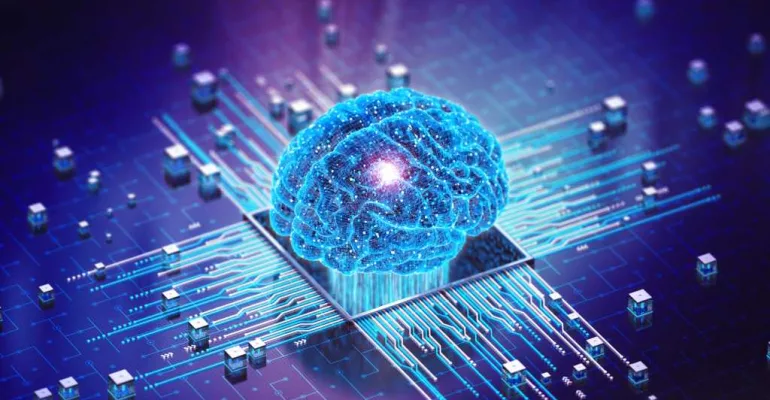Ethical Implications of Generative AI in Journalism: Navigating the Future of News
Introduction
The integration of Generative AI in journalism is revolutionizing the way news is produced, distributed, and consumed. While it brings efficiency and innovation, it also raises critical ethical questions about media integrity, transparency, and the role of journalists in the digital age.
The Rise of AI-Generated News
Generative AI has the capability to produce news articles, reports, and content at an unprecedented scale. Its ability to analyze data, follow trends, and even mimic writing styles has made it an attractive tool for newsrooms. However, this innovation does not come without its challenges.
The Good: Efficiency and Personalization
Generative AI can significantly enhance the efficiency of news production, allowing journalists to focus on in-depth reporting and investigative work. Additionally, it can contribute to personalized news experiences, catering content to individual preferences.
The Bad: The Threat to Authenticity and Trust
The potential for AI-generated news to spread misinformation, create biased content, or manipulate narratives poses a significant threat to the authenticity and trustworthiness of media outlets. Ensuring the integrity of AI-generated content is paramount.
The Ugly: Job Displacement and the Role of Journalists
As AI continues to evolve, concerns about job displacement within the journalism industry grow. Defining the role of journalists in an AI-driven landscape is crucial for maintaining the human element in news reporting.
Ethical Considerations and Best Practices
Addressing the ethical implications of Generative AI in journalism requires a multifaceted approach.
Transparency and Disclosure
Media outlets must be transparent about their use of AI in news production, clearly disclosing when content is generated by AI and ensuring that audiences are aware of the technology’s involvement.
Combating Misinformation
Implementing strict guidelines and verification processes for AI-generated content is essential to combat misinformation and uphold the accuracy of news reporting.
Preserving the Human Element
Maintaining a balance between AI-generated content and human journalism is crucial. The human element brings empathy, ethical judgment, and a critical eye—attributes that AI cannot replicate.




